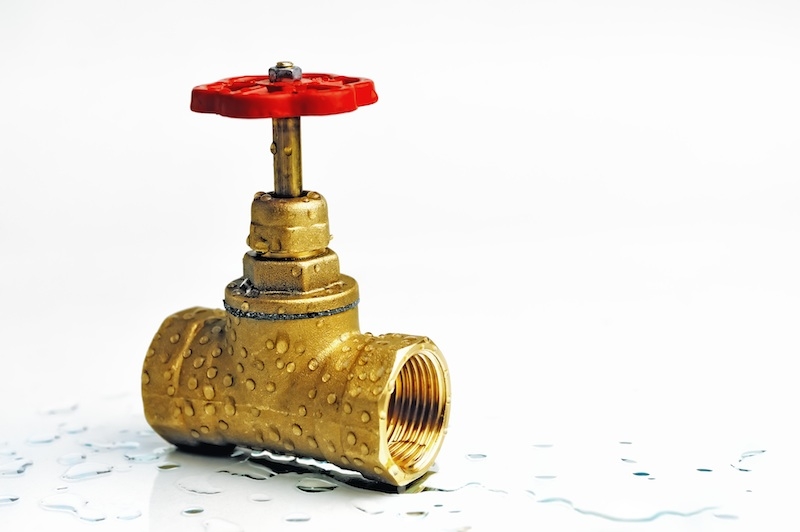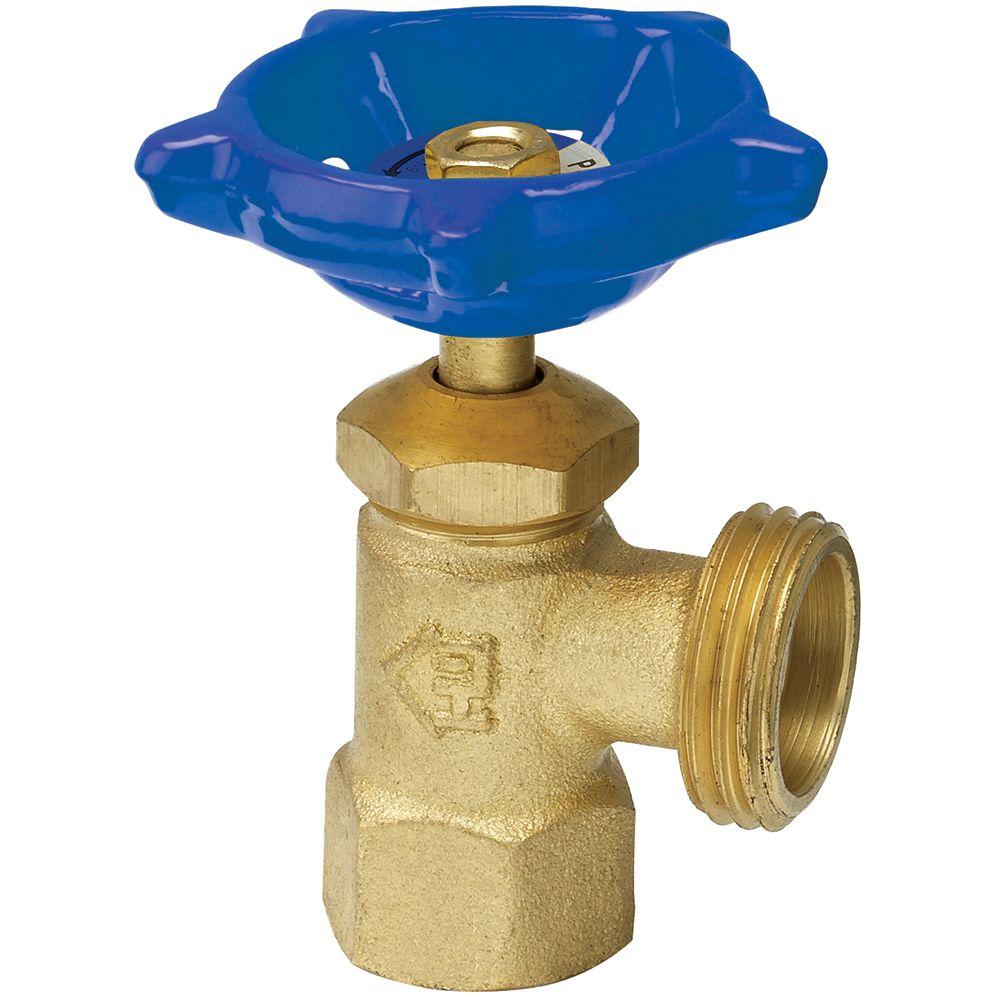Be Prepared: Why You Must Know Your Water Shut-Off Valves' Positions
Be Prepared: Why You Must Know Your Water Shut-Off Valves' Positions
Blog Article
This article following next on the subject of 3 Tips To Prevent Water And Storm Damage is seriously captivating. Check it out for yourself and decide what you think of it.

The plumbing system of your house is an intricate network of pipelines and also shut-off shutoffs. The last is used to control the water's flow right into the pipes throughout the entire house. In the event of an emergency, you can reduce the water using the valves. This stops comprehensive water damage from happening.
Why Must I Fret about This?
Your restroom sink is defective, so you can conveniently locate the shut-off valve under the sink. For major leaks, you need to close the mainline shut-off valve.
Recognizing how to do this is important in an emergency. The longer you wait to close the shut-off valve, the much more extensive the damage will be. Besides, you may not have sufficient time to find out exactly how to close the shutoffs when you're stressing amidst an emergency. Discovering it currently is the most effective point so you can remain tranquil under pressure.
What Does the Shut-Off Shutoff Resemble?
This is typically a handle that allows you to switch off the water for a particular appliance, a localized location (as an example the whole second flooring), or for the whole home. It is essential to know where these shutoffs are, so when something emerge in any kind of location of your house, you can close it today. This will certainly aid you stay clear of substantial water damage that will cost thousands to fix.
Where are These Found?
It may be challenging to situate them, specifically if your building allows. Your best bet is to call a water restoration solutions business for guidance. Yet if you have a rather moderate-sized house, try looking for a handle or lever. This is generally found in the following areas:
Typically, builders mount the shutoffs near or within the primary, ground-floor bathrooms. The shutoffs are supposed to be noticeable, some select to camouflage them for aesthetic reasons.
When to Call an Expert?
Ought to the abovementioned hold true for your localized shutoffs, you have no other option but to turn off the primary water line, cutting the source of water in your entire home. Then call the plumber to inspect the problem as well as shut off the shutoff in that location only so you can make use of the rest of the plumbing in various other areas of your residence.
Bear in mind, these valves are lifesavers and also essential for any kind of plumbing repair service. In the event of a plumbing emergency, closed down these shutoffs to prevent issues that call a respectable water damage restoration copyright.
The plumbing system of your home is an elaborate network of pipes and shut-off shutoffs. In the occasion of an emergency, you can reduce the water using the shutoffs. The longer you wait to close the shut-off valve, the extra comprehensive the damages will be. It is vital to recognize where these valves are, so when something plants up in any type of area of your home, you can close it right away. In the occasion of a plumbing emergency, shut down these shutoffs to protect against complications that call a trustworthy water damages reconstruction copyright.
How to Shut Off Water Valves
The Shutoff Valve to the Water Supply for an Individual Plumbing Fixture
To stop the flow of water to a specific appliance such as a sink, check the pipes for the nearest valve; it will likely be made of chrome and located directly below the fixture. Many showers and sinks have two valves for hot and cold water respectively, so make sure to turn them both off. Appliances like dishwashers, How to Shut Off Water Valveswashing machines, and refrigerators sometimes have switches, rather than valves, on the hoses connecting them to the wall. Water heater valves are usually located on the pipes above.
When it comes to which way you should turn the valve, keep in mind the old saying “righty tighty, lefty loosey.” In other words, turning a valve clockwise, or to the right, will restrict the flow of water while turning it counterclockwise, or to the left, will allow water to flow. If you have trouble turning the valve, wear a work glove to get a better grip, or use a wrench. Once you turn all of the valves clockwise as far as they will go, the water supply should be successfully shut off.
Before you start making repairs, have a bucket nearby so that you can drain any water that was left over in the pipes. After you finish the job, turn the valves counterclockwise as far as they will go to restore the water flow.
The Shutoff Valve for the Main Water Supply to Your Home
The first step is locating your main shutoff valve. You probably have a brass valve with a round handle near the area where water enters your home. It could be located in your kitchen, a utility closet, a downstairs bathroom, or even on an outside wall. Turning the valve clockwise as far as it can go should shut off all of the water fixtures in your home; however, you’ll need to turn on all faucets to empty any water left remaining in the pipes. Let your sinks and showers run until all water flow ceases, and then turn all faucets to the off position. After finishing your repairs or installations, turn the main valve back counterclockwise.
The Shutoff Valve for the Water Supply to Your Entire Property
Before you do anything, call your water company and ask for permission to access your street shutoff valve. If your home’s main water valve fails or needs replacing, you must turn off the water supply to your whole property before attempting repairs. You’d also need to do this before trying to fix a leak in the pipes connecting your home to the street valve. The shutoff valve for the property is usually located in the same metal box that contains the water meter. Remove the box cover and look for a handle; you might need a long wrench to reach it.
Different cities have different types of street valves. Ball valves have long, thin handles while gate valves have more rounded handles. A ball valve handle will usually be aligned with the pipe while open; turn it 90 degrees to the right to turn it off. Gate valve handles should be turned clockwise as far as possible to stop the water flow.

Do you really like more info about 3 Shower and Storm-Proof Steps For Your Home ? Write a remark further down. We would be glad to know your responses about this page. Hoping that you visit us again before long. Don't hesitate to set aside a second to share this post if you enjoyed it. Thank you for your time spent reading it.
Click Here Report this page